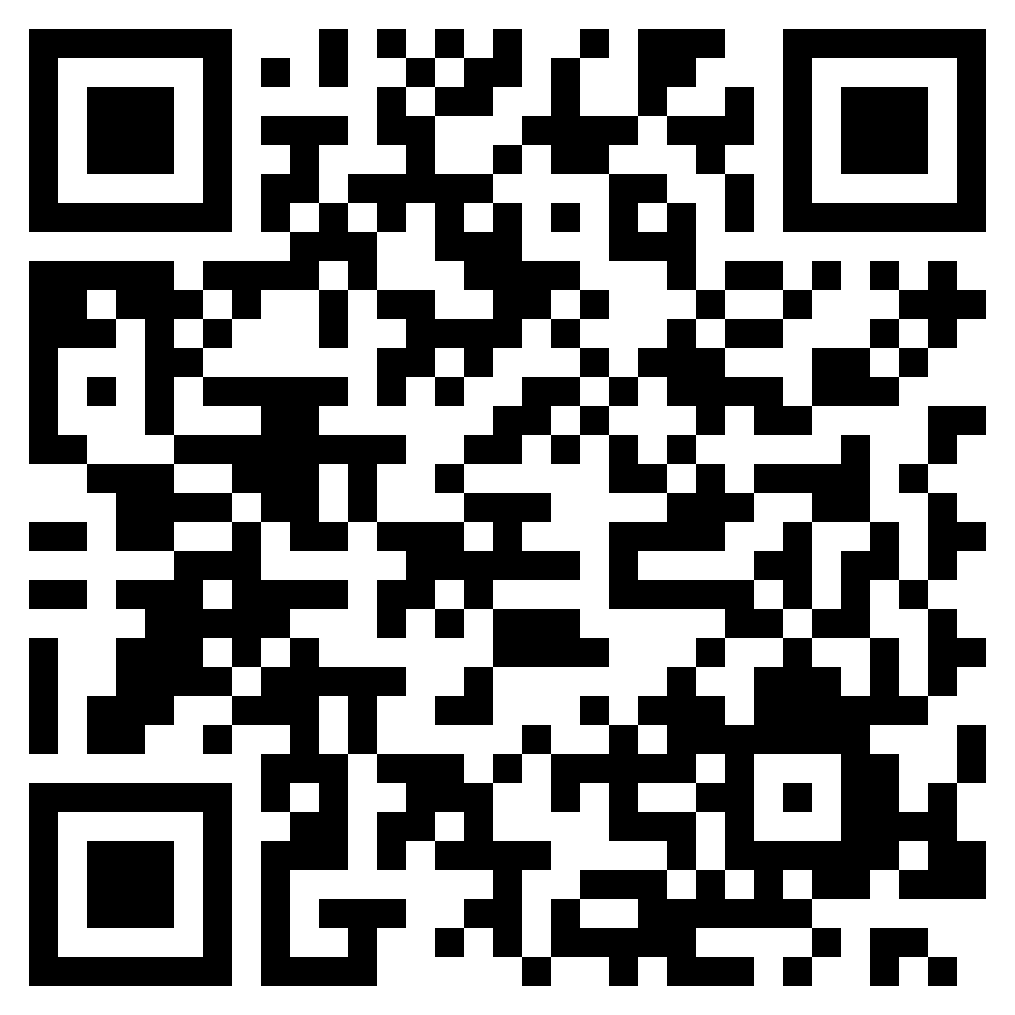
 POSNA.org
POSNA.org
A child with Sever’s will have heel pain when putting pressure on the foot. The pain is usually absent at rest but increases with activity. Sometimes the pain is constant. The pain can worsen as a new sport or season begins. Symptoms may be worse with poorly cushioned shoes and hard playing surfaces.
The doctor will move the foot and ankle, and will push on different areas to determine where the pain is coming from. The doctor may ask your child to walk or perform other movements.
X-rays are typically not taken at the first visit if the doctor feels that the diagnosis is clear based on the history and physical exam. Heel x-ray may be taken to rule out other conditions that may be causing heel pain, but this is more common with pain that has not gotten better with treatment, or pain that is only on one foot.
Treatment for Sever’s includes managing the symptoms and modifying activity. Rest, ice, stretching, heel cups and shoe changes can be helpful in this condition. It is okay to participate in activities if the child has minimal pain and is not limping. Symptoms usually resolve within a few weeks to several months with stretching and activity modification. Your doctor will discuss with you when you may return to your activities.
If the symptoms are severe, the orthopedic surgeon may recommend temporary immobilization such as with a walking boot or a cast. Doing so will allow the body time to heal itself and stop the symptoms from occurring. Sometimes a short period of physical therapy is helpful to strengthen and balance the muscles around the foot and ankle.
It is possible to have repeated episodes of pain until the child’s heel bone has finished growing. Good cushionin shoe wear and daily stretching may help prevent recurrence. Once growth finishes, this growth plate problem should resolve and not cause problems as an adult.
https://orthoinfo.aaos.org/en/diseases--conditions/severs-disease/
Condition QR Code:
